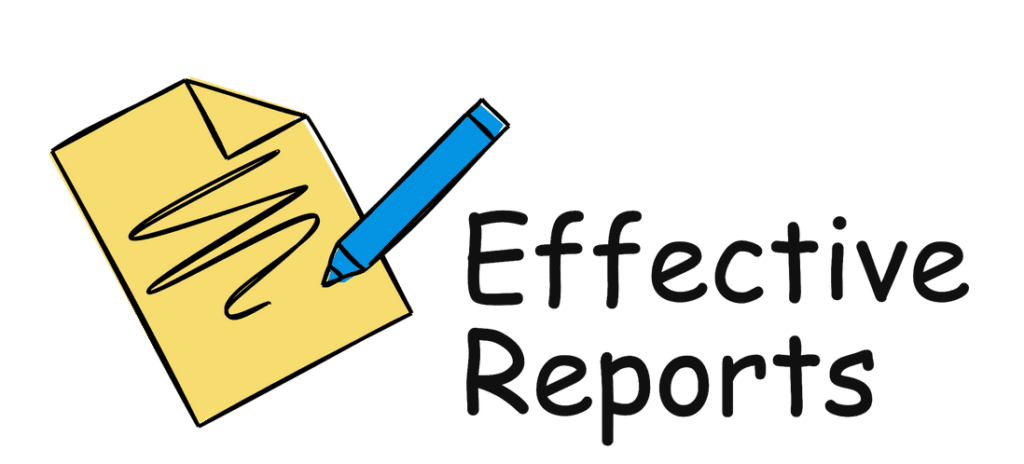Do you remember the excitement of bringing your report card home, hoping to impress your parents with your grades and teacher’s remarks? Or maybe you were anxious about how they would react to your performance. As a teacher, writing student reports now places you on the other side of that equation, and it’s a responsibility that carries a lot of weight.
Why? Because student reports are not just about grades or academic achievement. They are a powerful tool to communicate with parents about their child’s learning journey. They also provide valuable information to school leadership about the effectiveness of teaching methods. The question is, how can you write a report that is both useful to parents and satisfies your school leadership?

Step 1: Understand Your Audience
The first step in writing an effective student report is to understand who you’re writing for. Remember, your report should serve both parents and school leadership.
Parents want to know about their child’s progress, strengths, areas for improvement, and behavior. They appreciate specific examples and actionable advice on how they can support their child’s learning at home.
School leadership, on the other hand, looks for insights into your teaching effectiveness and how well students are learning. They value data-backed evaluations, consistency in reporting, and your insights on student progress.
Step 2: Be Clear and Specific
As you sit down to write, think about the student. What are their strengths? Where do they struggle? Use specific instances to illustrate these points. For instance, instead of writing “Johnny is good at math,” you could say, “Johnny excels in problem-solving tasks in math, particularly in algebra where he devised innovative solutions to complex problems.”
Step 3: Provide Actionable Feedback
It’s crucial to be empathetic and supportive while discussing areas for improvement. You’re dealing with a child’s self-esteem and a parent’s concern. Rather than saying, “Emma needs to improve her reading skills,” suggest ways to achieve this. For example, you could write, “Encouraging Emma to read aloud at home could further enhance her reading fluency.”
Remember, your job is not just to evaluate but also to guide parents on how they could contribute to their child’s learning.
Step 4: Keep It Balanced
A balanced report is one that appreciates the student’s strengths while also addressing areas for improvement. It paints a complete picture of the student’s performance, which is beneficial for both parents and school leadership.
For example, if you’re writing for a student who excels academically but struggles with participation, you could write, “While Sarah consistently delivers high-quality work in her assignments, encouraging her to participate more in class discussions could help develop her communication and teamwork skills.”
Step 5: Maintain a Positive and Inspirational Tone
Finally, end on a positive and hopeful note. Remember, the objective of the student report is not just to evaluate, but also to motivate and inspire. Reinforce the student’s strengths and show confidence in their ability to improve in areas they may be struggling with.
For example, “Jacob has made considerable progress in his writing skills this term. With continued practice and dedication, I am confident he will become an excellent writer.”
Writing student reports can seem overwhelming, but remember, your words can have a powerful impact on a student’s learning journey. By providing a clear, balanced assessment and offering helpful suggestions, you can make a significant difference. So, how do you plan to approach your next student report?





